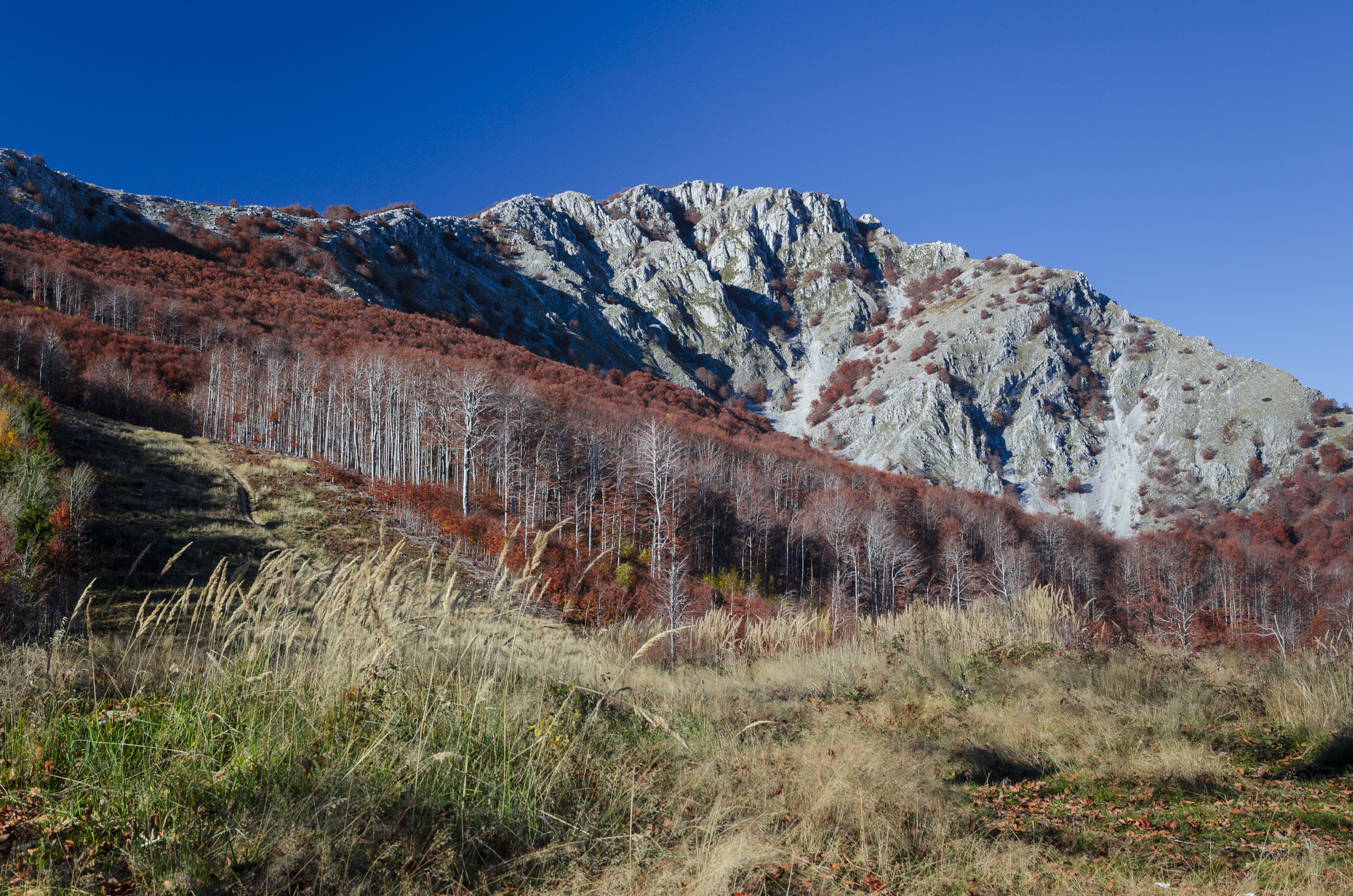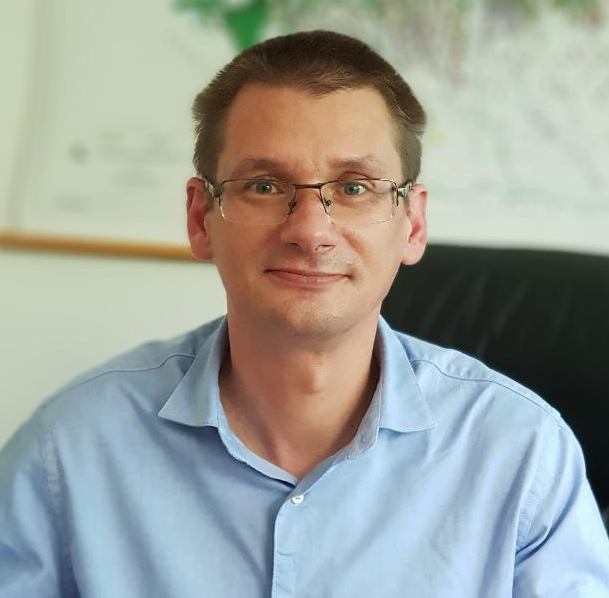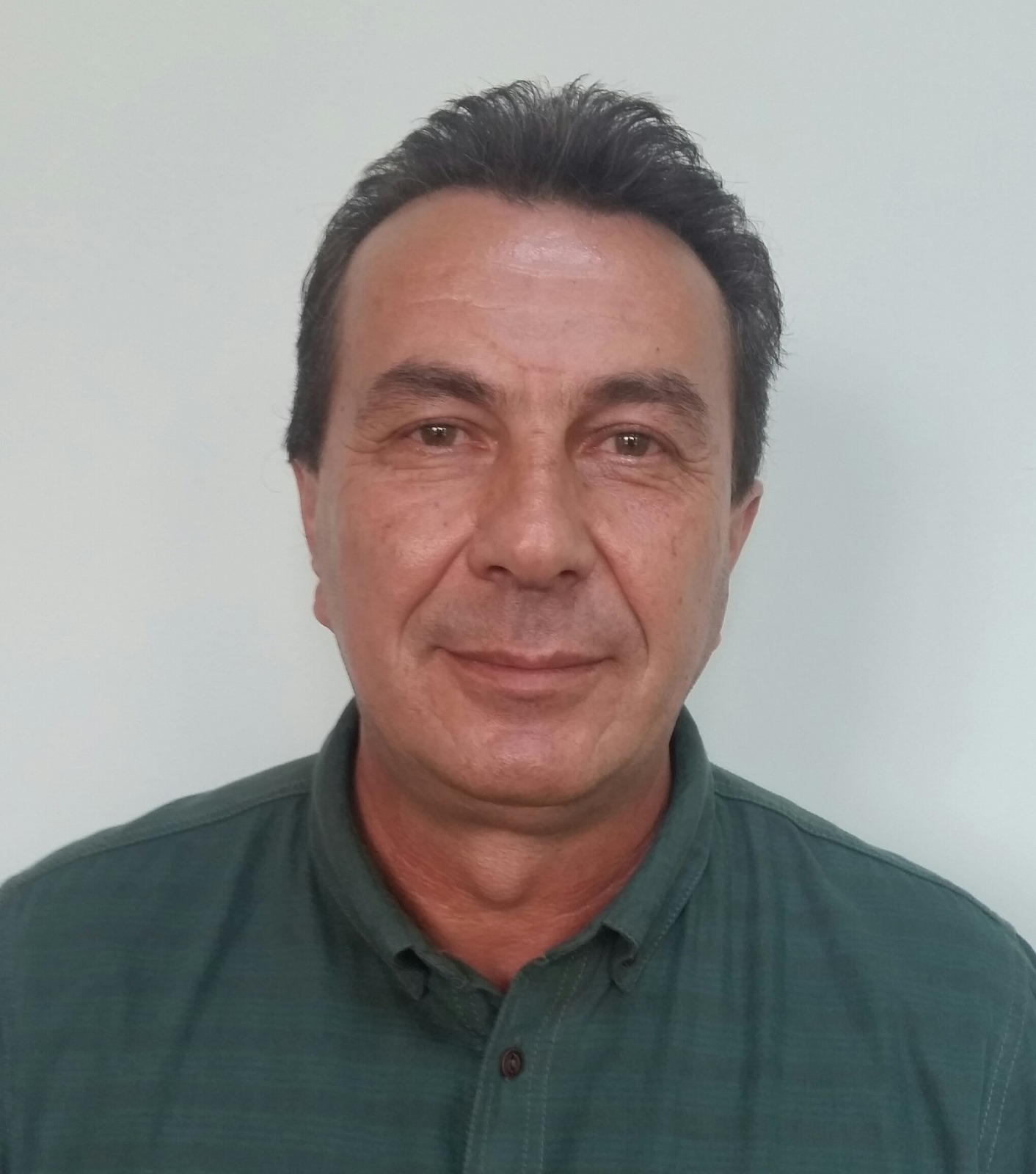Short history
Within the Institute for Research and Experimentation n Forestry from Bucharest, in 1935 the first forestry research station in our country was established under the name “Casa Verde Timişoara Forestry Experimentation Station”.
Period 1935-1949. The initial activity of the Timişoara Station (1935-1949) took place under the guidance of the illustrious forester and teacher Prof. Eng. Sergiu Paşcovschi in the field of forest typology and phytogeography, ash ecology and the behavior of exotic forest species introduced in Banat. Since its establishment, the resort has benefited from its own material base, consisting of the Bazoş Arboretum with an area of 60 ha, a nursery, experimental fields and a small dendrological park.
Period 1951-1955. The station functioned as an Experimental Forestry distrct during the period 1951-1955 (with emphasis on the phenology of forest species and the technique of forestry crops).
Perioada 1955-1961. Subunitatea a funcţionat ca punct experimental în cadrul Staţiunii Simeria. During this period, the emphasis was placed on the study of regeneration technologies in the banat oaks. The phenology studies and those regarding the introduction of exotic species in Banat were continued. Also, during this period in Arad (experimental point) studies are being carried out on the incubation technology and artificial growth of the pheasant, the biology of the pheasant and the management and establishment of the creditworthiness of hunting funds (T. Babuția and C. Popescu). In June 1961, the Hunting Research Station was transferred to Timişoara, becoming the Timişoara Green Hunting Research Base.
Period 1961-1969. On September 1, 1961, the Experimental Station I.N.C.E.F. Timisoara, and in 1969 the forestry research activity merges with the design activity within the I.C.P.D.S. branch. Between 1969 -1976, the material base was completed with a new headquarters, with laboratories of forest entomology, forestry, game biology and pathology, a library and a photo laboratory.
Period 1976-1989. The peak period of activity in Timisoara is 1976-1989, when a body of exceptional specialists carried out their activity here both in research and in technological design.
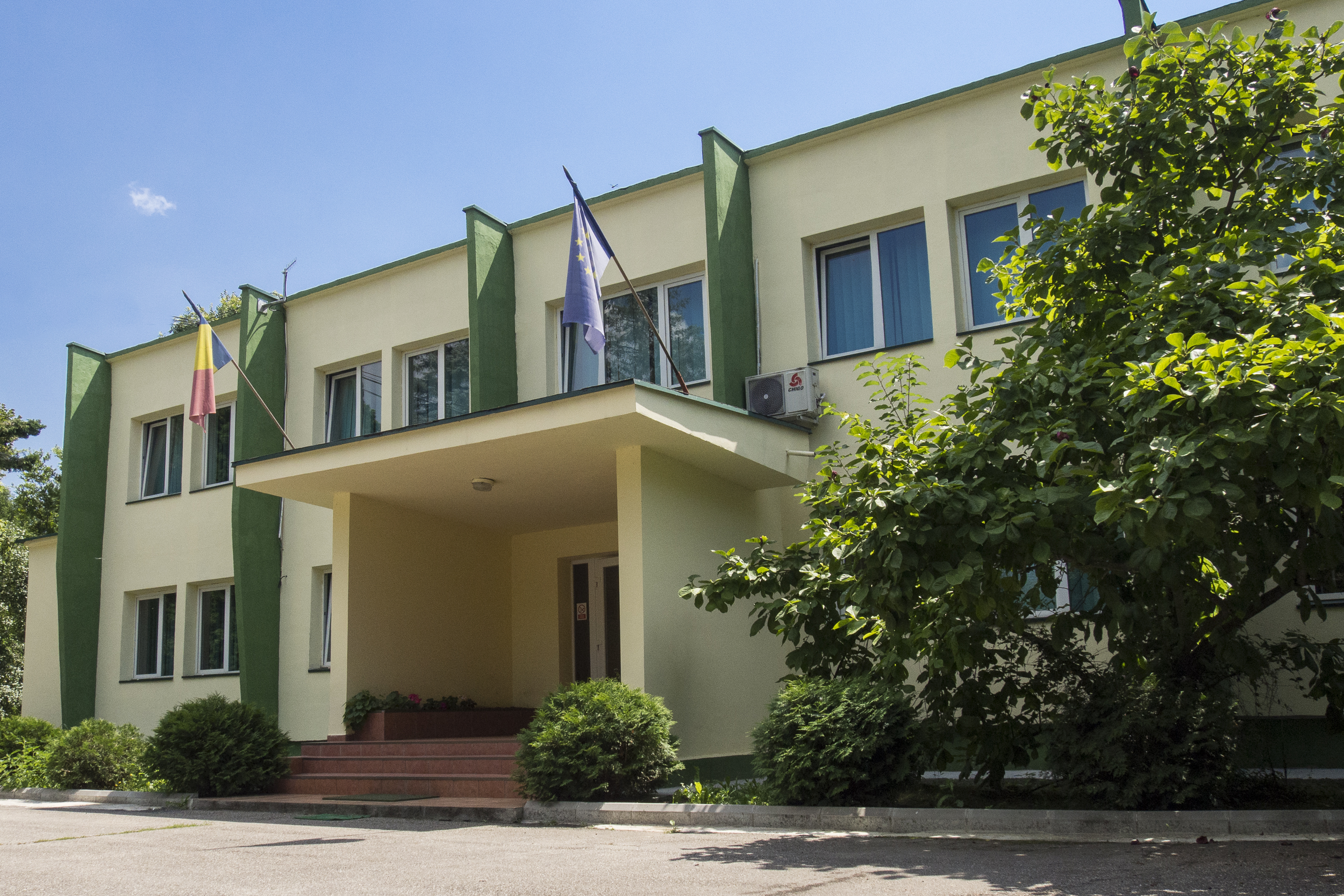
Period 1990-2002. It represented a period with a pronounced restriction of research activity in the West of the country. Research topics from before 1989 continued (Forest Genetics, Forest Protection, Game Biology, Forestry, Informatics), technical assistance, etc. and new research topics were developed.
Since 2002, the Timişoara Research Group has expanded, having 5 researchers and a technician.
Period 2012 – 2015. By Decision no. 13 of 24.10.2012 of the Board of Administration of the National Forestry Authority – Romsilva, the Research-Development and Experimentation-Production Station, Simeria is abolished and the Research-Development and Experimentation-Production Station, Timișoara, is established.
Period 2015 – present. By Government Decision no. 318 of 06.05.2015, “Marin Drăcea” National Institute for Research and Development in Forestry is established. According to Annex 6 to this decision, in position 5, the Timișoara Research-Development and Experimentation-Production Station is nominated as a subunit without legal personality.
In the present structure, according to the law, the resort is managed by the management committee consisting of five representative members whose president is the director of the resort, a committee that carries out its activity in accordance with its own regulation of organization and operation approved by the board of directors of the national institute.
Management of the station

Researcher Eng. Pitar Daniel Nicolae
Head of Research and Experimentation Section Simeria
daniel.pitar@icas.ro
Organization
Administrative situation
From a territorial point of view, the Timișoara Resort operates on an extensive area in the southwest of the country, partially overlapping the V, West development region. The Timișoara resort carries out its specific activities through subordinate work points and experimental bases in the following localities in this part of the country:
- Timișoara,
- Caransebeș,
- Bazoș,
- Simeria,
- Dobra.
The Timișoara Research-Development and Experimentation-Production Station is a complex subunit having in its structure:
- Timișoara Research-Development and Experimentation-Production Section:
- Timișoara Research Collective;
- Experimental base Timișoara;
- Collective development Timișoara.
- Caransebeș Research Collective;
- National Forestry Inventory Office (IFN) Timișoara;
- National Forestry Inventory Office (IFN) Caransebeș;
- National Forestry Inventory Office (IFN) Simeria;
- Simeria Production Research-Experimental Section:
- Simeria Research Collective;
- Simeria Experimental Base.
- Caransebeș Experimental Base.
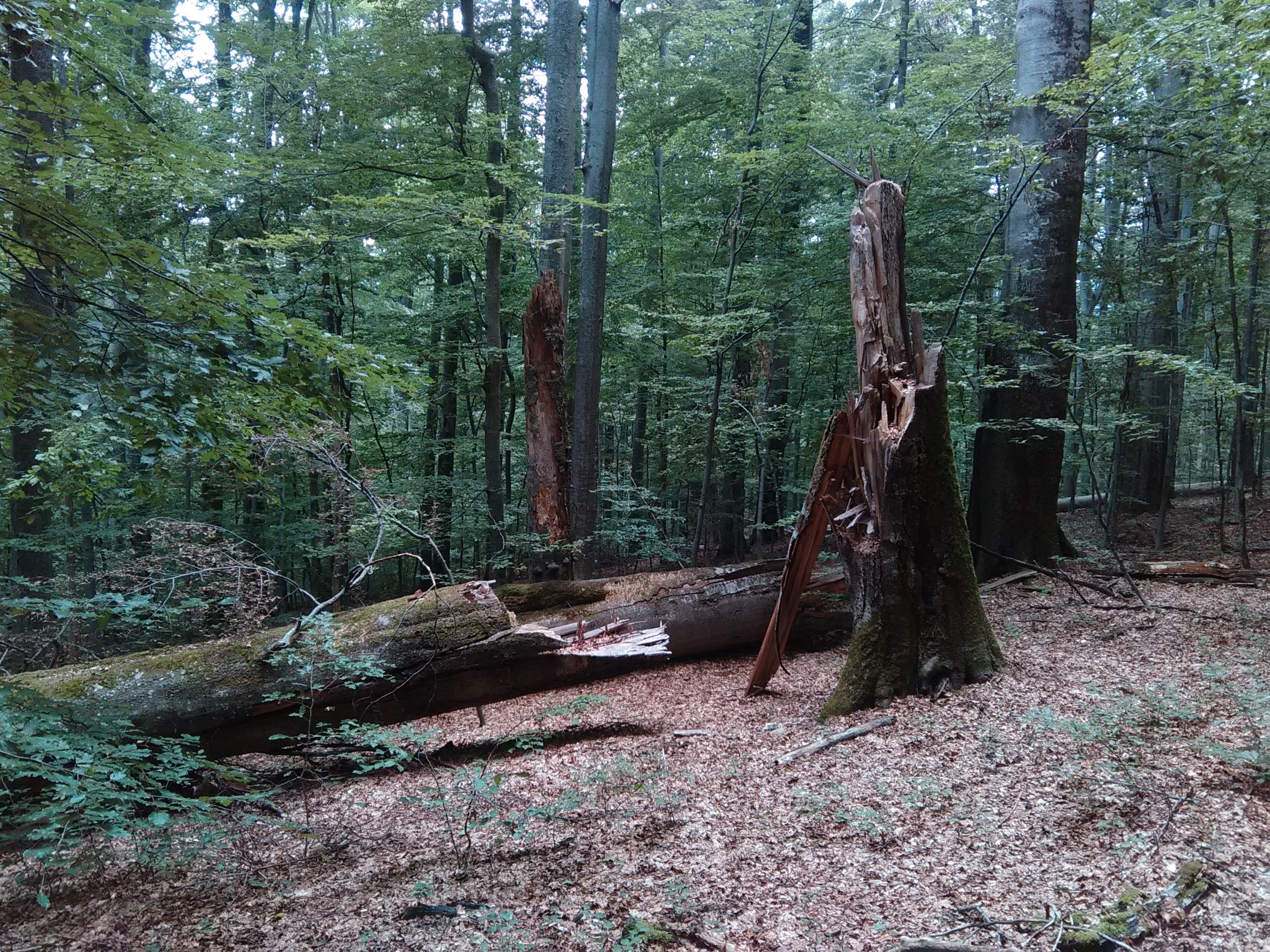
The personnel structure of the resort is as follows:
- Timișoara research team: 2 scientific researchers grade II, 3 scientific researchers grade III, 1 scientific researcher, 1 technician;
- Timișoara experimental base: 1 forester;
- Timişoara Development Team: 1 technological development engineer grade I, 4 technological development engineers gr. III, 2 engineers;
- Caransebeş research team: 1 scientific researcher, 2 engineers;
- National Forestry Inventory Office (IFN) Timisoara: 2 technological development engineers degree III, 1 technological development engineer;
- National Forestry Inventory Office (IFN) Caransebeş: 2 technological development engineers grade III, 1 technician grade III.
- National Forestry Inventory Office (IFN) Simeria: 1 technological development engineer, 1 level II technician, 1 level III technician;
- Simeria Research Collective: 1 scientific researcher grade I, 1 scientific researcher grade II, 1 scientific researcher, 1 technician grade I, 1 technician grade II, 2 technicians;
- Simeria Experimental Base: 1 engineer, 1 forester.
- Caransebeş Experimental Base: 8 engineers, 3 technicians, 20 foresters.
Activities
The Research Activity carried out in the cluster intended for the “Forest Ecology” Research Team has the following research directions and objectives:
- The study of forest ecosystems with a high degree of naturalness: structure, dynamics, biodiversity;
- Development of long-term inter- and transdisciplinary ecological research on the state of forest ecosystems under the influence of climate change, atmospheric pollution and other risk factors;
- Foundation of management plans for protected areas in the western part of Romania (National Parks and Natura 2000 sites): identification, mapping (GIS) and description of forest ecosystems/forest Natura 2000 habitats, assessment of their conservation status, issuance of appropriate management measures ;
- Identification, mapping and characterization of virgin and quasi-virgin forests and their corresponding registration in the National Catalog of long-term protection and conservation;
- Elaboration of studies on the Outstanding Universal Value and the conservation of the Romanian beech forest ecosystems included in the UNESCO World Heritage;
- Assessment of the impact of logging works on the main components of the forest ecosystem.
The Research Activity carried out in the cluster intended for the “Forest Genetics” Research Team has the following research directions and objectives:
- Elaboration of strategies for in situ conservation and sustainable management of forest genetic resources (FGR);
- Evaluation of genetic diversity of species of forestry interest and selection of the most valuable genotypes with the aim of increasing the growth potential of stands;
- Identification and description of new RGF to increase the adaptation capacity of forest ecosystems to climate change;
- The development of new biotechnologies for the ex situ conservation of RGF;
- Development of new technologies for nurseries;
- Micropropagation (somatic embryogenesis);
- Ex situ conservation of genetic resources for forest species, through somaclonal selection;
- Development of new advanced biotechnologies for ex situ conservation of RGF;
- The development of modern technologies for the propagation of ornamental and forest species by cutting;
- Improvement of plant cultivation technologies in nurseries;
- Dendrology: conducting ecological, phenological research and studies on the adaptation of exotic species.
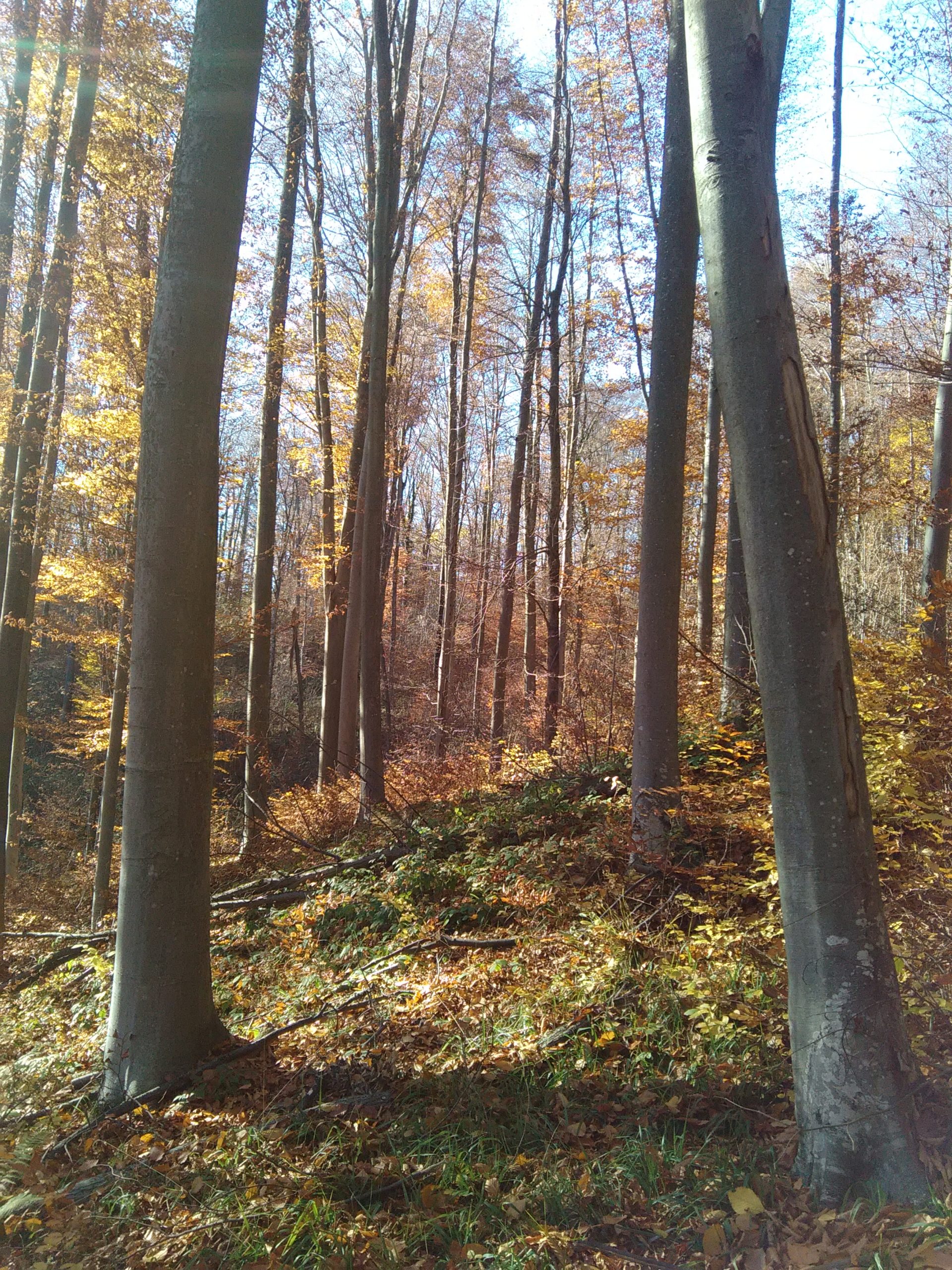
The Research Activity carried out in the cluster intended for the “Forest Protection” Research Team has the following directions and research objectives:
- Investigating the possibilities and perfecting the methods and techniques for detecting, identifying, forecasting and managing infestations with harmful species of insects and fungi that host the main forest species in our stands;
- Studying and developing methods and techniques for managing infestations on a non-toxic, non-polluting and eco-protective basis, limited to the target species;
- Locating, identifying and tracking the occurrence of harmful invasive species of insects and fungi;
- Biodiversity study and monitoring;
- Qualitative laboratory analyzes (identification of harmful species, identification of entomophagous species from the various stages of the host, determination of the qualitative parameters of the gradations of the forecast species) and quantitative (quantitative parameters of the gradations – frequency, density, fecundity, sterility, parasitism, percentages of actual infestation, etc.)
- Popularization, awareness and education activities at regional and local level on the general subject of forestry (primary, secondary and high schools).
Development activities consist of:
- The arrangement of forests, implicitly of the forest fund, public property of the state;
- Development of other lands with forest vegetation outside the forest fund;
- Elaboration of environmental documentation in order to obtain environmental approval for forestry facilities;
- GPS measurements forest floor delimitation;
- Technical consultancy on forest management.
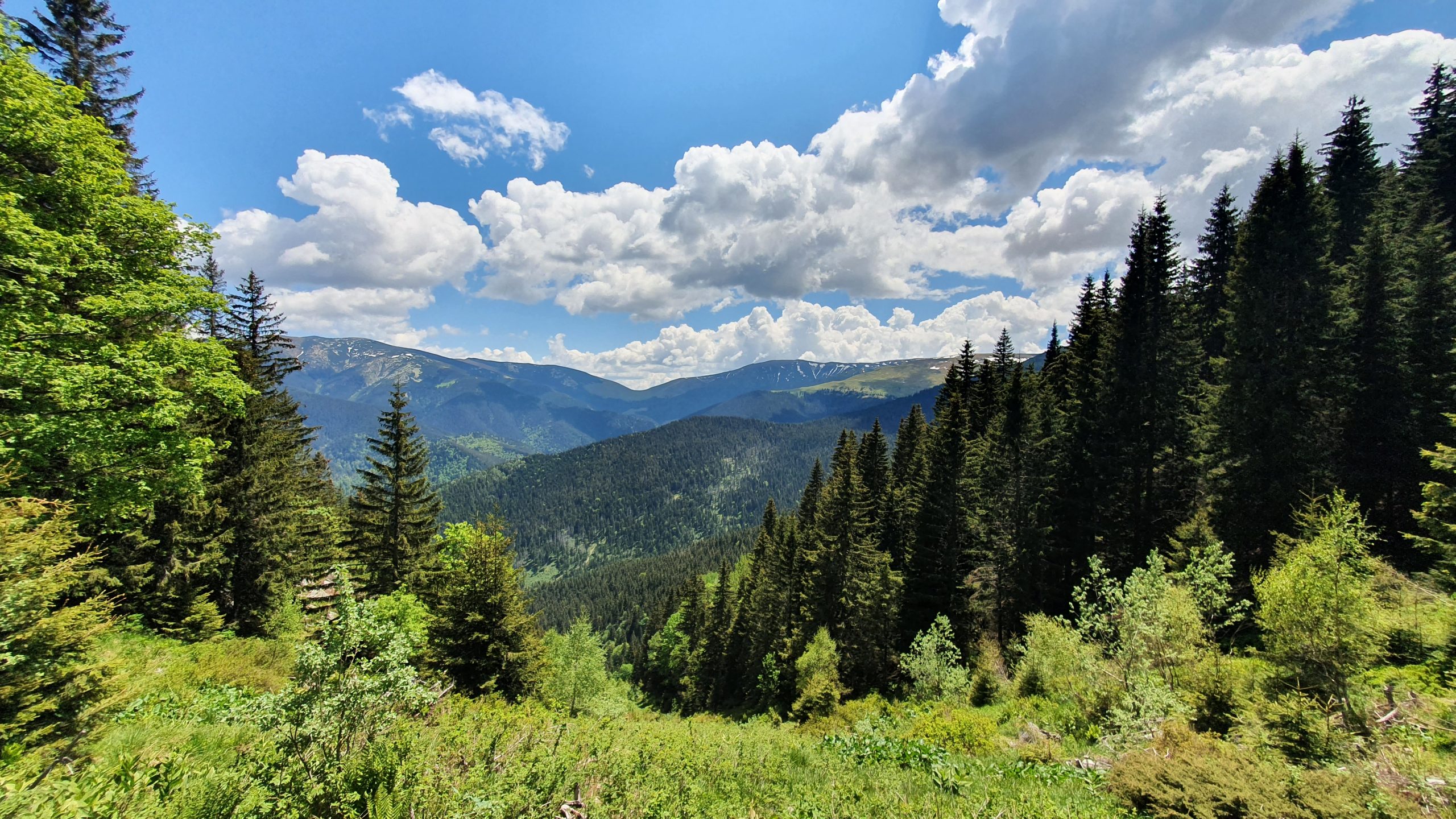
The I.F.N Timişoara office carries out the national forest inventory within the Arad, Caras-Severin, Timis counties.
The I.F.N Simeria office carries out the national forest inventory within the Alba, Hunedoara counties.
The I.F.N Caransebeş office carries out the national forest inventory within the Caras-Severin, Timis, Mehedinti counties.
The Caransebeş Experimental Base ensures:
- the sustainable management of the forest fund – 17733.05 ha – and the application of research results;
- the management of 35 long-term experimental surfaces, the oldest of which were installed since 1978 within research themes in the fields of genetics, biometrics and auxology, silvotechnics, etc.;
- carrying out experiments in the mentioned directions.
Timisoaraasigura experimental base:
- management of the Bazoș Arboretum and the dendological collection;
- management of the Bazoș nursery;
- management of the dendrological collection and experimental cultures at the headquarters of the Timișoara Resort.
The Simeria experimental base ensures:
- management of the Simeria Arboretum and the dendological collection;
- management of the Dobra nursery.
Research-Development infrastructure and services
Infrastructure:
Research infrastructure within the Forest Ecology team:
- Veretex hypsometers;
- Pressler drill;
- Forest clubs;
- FieldMap equipment;
- Tablet PCs;
- Laptops, computers, multifunction printers;
The Research Infrastructure within the Forest Genetics team (details of the infrastructure can be found below under the infrastructure of the Simeria Section):
- Modern molecular genetics laboratory – evaluation of genetic variability with the help of molecular markers (nuclear, chloroplastic and mitochondrial DNA);
- Biotechnology laboratory.
The Research Infrastructure within the Forest Protection team:
- binoculars and specific laboratory utensils for forest protection analyses;
- tools and accessories for the in-house production of experimental technical solutions identified and designed following research: various forms and types of traps (chromatic, olfactory, pheromonal), injection solutions under the bark, etc.
Infrastructure Collective Development:
- 7 Garmin GPS;
- 7 vertices;
- 14 forestry clubs;
- 7 Haglof relascopes;
- 5 hypsometers;
- 1 Trimble GPS;
- 1 multifunction printer;
- 3 cars;
- 7 PCs;
- 3 laptops.
Infrastructure of IFN collectives:
- Forest clubs;
- Vertex Dendrometers;
- Pressler drill;
- Trimble Tablet PC.
Infrastructure SCEP Simeria:
- 10 LTER monitoring surfaces
- Weather station Vaisala
Laboratory equipment:
- Ion GeneStudio S5 System
- Ion Chef System
- Genetic Analyzer 3500
- Qubit® 3.0 Fluorometer
- UVP Gel Documentation Systems
- DNA Engine Dyad ® Thermal Cycler
- Thermal Cycler, MJ Research PTC-100 T
- Retsch GmbH – Mixer Mill MM 301
- Microfuge 22R
- Distilator Fistreem Cyclon
- Autoclava SANYO MLS
- BIOAIR niche
- Gel electrophoresis
- UFE600 oven
- Eppendorf pipettes
Field equipment:
- Pressler drill
- Gps Trimble 3 and Gps Trimble 5
- Haglof forestry clubs
- Field tablets
- Vertex Dendrometers
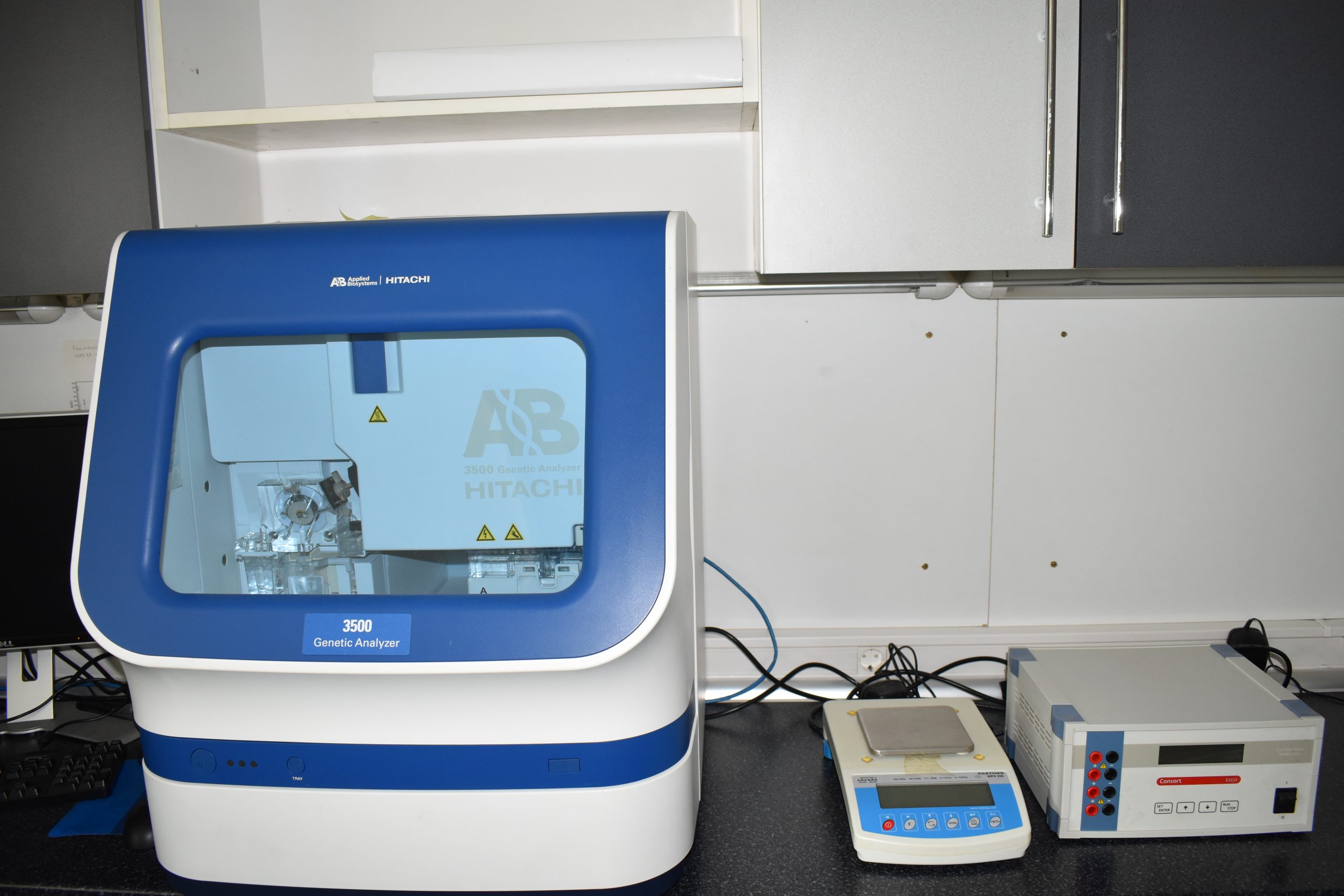
Research services:
Research Services – Forest Ecology:
- Elaboration of studies on virgin and quasi-virgin forests in order to include them in the National Catalogue;
- Elaboration of studies on protected areas – assessment of conservation status, specialty studies on the development of management measures for protected areas, studies on arboretums included in the UNESCO World Heritage;
- Elaboration of dendological, landscape studies, green cadastre.
Research Services – Forest Genetics:
- Molecular genetics analysis – evaluation of genetic variability with the help of molecular markers;
- Elaboration of strategies for in situ conservation and sustainable management of forest genetic resources (FGR);
- Evaluation of genetic diversity of species of forestry interest and selection of the most valuable genotypes with the aim of increasing the growth potential of stands;
- Carrying out ecological, phenological research and studies on the adaptation of exotic species;
Research Services – Forest Protection:
- Laboratory analyzes for forecast species for forest areas that request us;
- Invasive species identification analyzes and advice for various applicants.
Development Services:
- Elaboration of arrangements for the sustainable management of forests;
- Elaboration of studies for the transformation of wooded pastures;
- Elaboration of pedological studies and station maps;
- Preparation of topographical plans;
- Preparation and reproduction of forest maps;
- Drafting environmental documentation and obtaining environmental approval for forestry facilities.
RDEPS Simeria services:
- Dendrological and landscape studies;
- Design services Green spaces;
- Consultancy regarding the care of exotic species.

Contact
Timișoara Research-Development and Experimentation-Production Station
Address
Aleea Pădurea Verde, No. 8, Timișoara, Timiș county, postal code 300310
Telephone/Fax
0256-220085; 0256-219960
timisoara@icas.ro
Senior researcher II Dr. Turcu Daniel Ond
Station Director
daniel.turcu@icas.ro
Junior researcher Cadar Nicolae
Activity coordinator Research Section
nicolae.cadar@icas.ro
Technological development engineer Buzatu Crinu-Ion
Project Manager – Development Section
crinu.buzatu@icas.ro
Accountancy
Eq. Cântar Lavinia-Nicoleta – Chief accountant
lavinia.cantar@icas.ro
Acquisitions
Eq. Răbușanu Raluca-Nicoleta – Purchasing Manager
raluca.rabusanu@icas.ro
Simeria Research and Experimentation Section
Address
Str. Biscaria, no. 1, Simeria, Hunedoara county, postal code 335900
Telephone/Fax
0254-261254
simeria@icas.ro
Junior researcher Pitar Daniel
Head of Simeria Research and Experimentation department
daniel.pitar@icas.ro
Accountancy
Eq. Florea Diana-Iulia – Economist
diana.florea@icas.ro
Acquisitions
Senior researcher I Dr. Flaviu Popescu
flaviu.popescu@icas.ro
Caransebeș Experimental Base
Address
Str. Corneliu Baba, no. 7, Caransebeș, Caraș-Severin county, postal code 325400
Telephone/Fax
0255-511040
caransebes@icas.ro
Eng. Stanciu Dan-Victor
Chief Engineer of Caransebeș Experimental Base
dan.stanciu@icas.ro
Accountancy
Eq. Bogdan Carmen – Economist
carmen.bogdan@icas.ro
Acquisitions
Eq. Răbușanu Raluca-Nicoleta – Purchasing Manager
raluca.rabusanu@icas.ro


